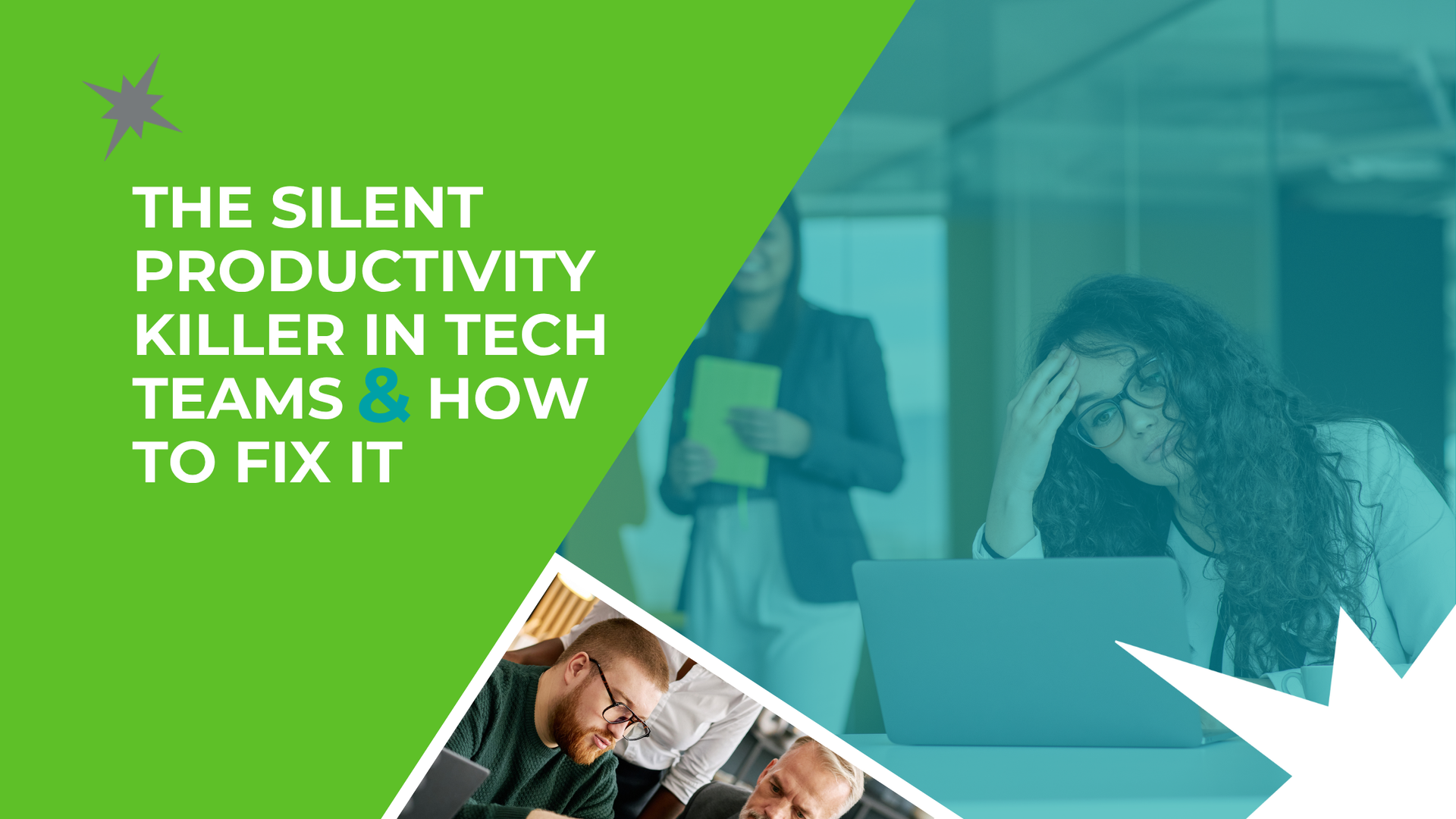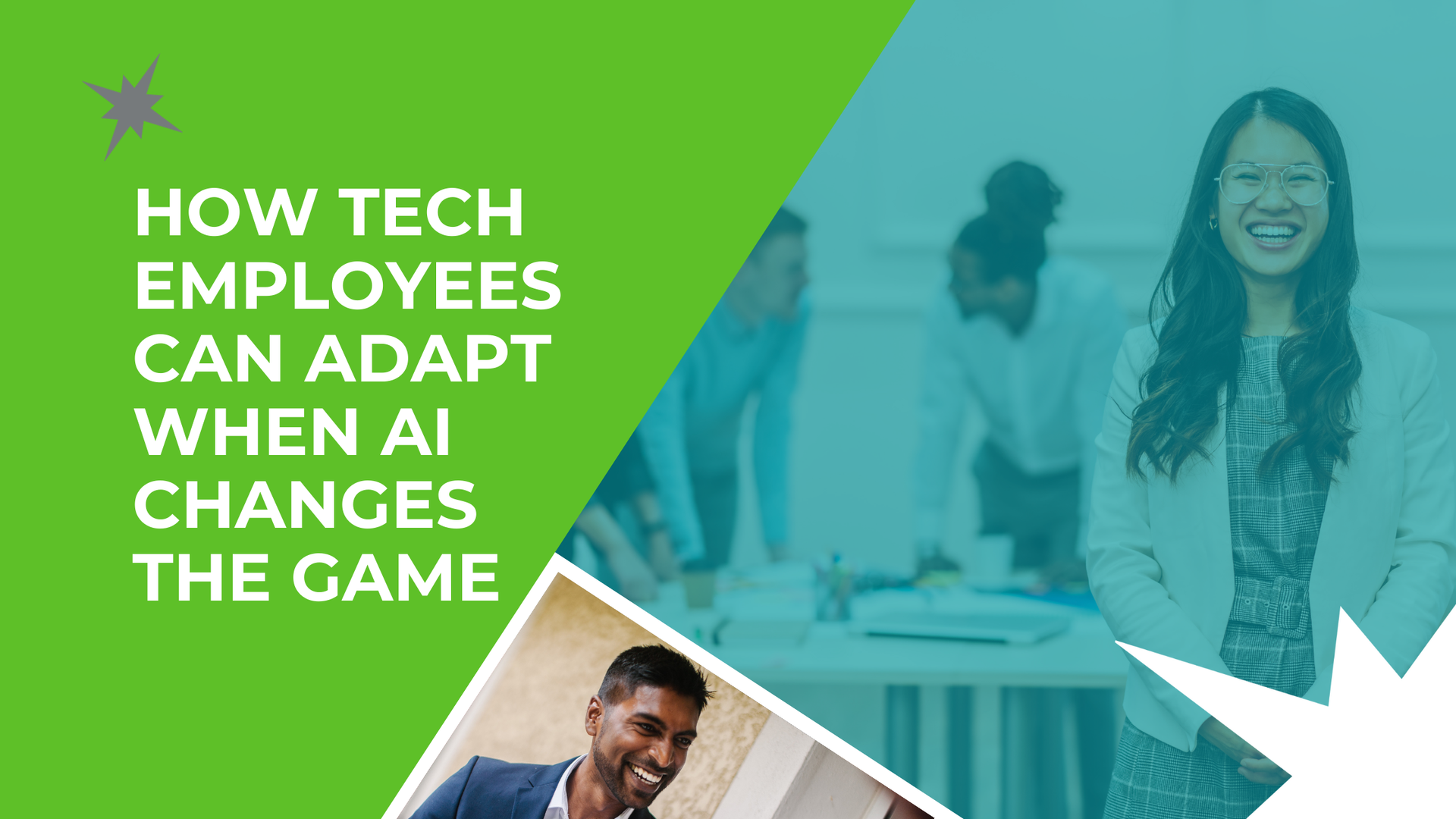News & Insights
< Back to Blogs
Our Guide to Writing a Fantastic Tech Resume

Below we have put together some of our best, practical tips on how to build a good IT resume in the current market:
BASICS
- No spelling mistakes
- Good grammar
- Organised, consistent layout
FORMATTING
This is really important because fancy formatting and complicated tables could stop your resume from being viewed at all! Many large HR divisions and professional recruitment companies use software that transfers resumes directly onto their databases. Sometimes the software confuses images or text within headers and footers for contact information. So instead of seeing a name in a shortlist of candidates who have applied for a role, you will see something else that the software has selected. When a recruiter is going through a large shortlist of candidates, they may move over your information as a result.
The trick here is to keep it simple. It is not necessary to include images (you can easily state any certifications/companies worked for rather than use logos) and headers and footers are best left out. Page numbers can be used for the bottom of the page if you go into three or more pages. The main goal is to get the resume you have spent time and effort on seen by the right person, the way you intended it to be.
LENGTH
Any professional who has worked in IT for more than four years will probably have a resume going into three or more pages. Many HR experts state that this is too long but for IT professionals this is often necessary in order to include all the technologies, proficiencies and functions within each role. As long as everything in your resume is relevant, generally there is no problem. However, if you are getting into seven or eight pages, it may be time to do some editing.
LAYOUT
At the beginning of your resume you need to include:
Name
Contact number (preferably a mobile)
Email address (should be professional sounding)
Summary – this is two or three sentences on what you do, your major skills, strengths, personal qualities and achievements. Be specific – e.g. good team player, excellent written skills, versatile, able to motivate others.
Education and training – begin with your highest qualification, and if you have a university education you don’t normally need to list which high school you attended (unless you feel that this is relevant to the job you are applying for).
You should list any qualifications or work-related training courses that you attended, including company courses and any you attended on your own initiative. You only need to list the relevant courses, not generic ones.
Work experience – If you have been working for a number of years, do not include part-time jobs, vacation jobs, voluntary work or unpaid work experience unless these roles covered a period of unemployment or you feel that some of the experience you gained will be useful in your next job.
Start with your most recent/last job and work backwards. Treat internal promotion as a new job.
Job titles are important and IT job seekers may want to tweak their titles so that they more clearly communicate what they did in a given role. This may be the case for IT professionals who have worked for large corporations/institutions where highly specific titles are given which are not indicative of what the role entailed. The trick to modifying a title is, of course, to maintain its accuracy but ensure that any it can still be confirmed during a reference check. You may also wish to add who you reported to.
Give the name of the company and, unless obvious, include a brief description of the service they provide (using the terms they would use to describe themselves). Set out your main responsibilities, achievements, duties, and skills that could be transferred to another employer. Be specific and positive about your skills.
Include your level of responsibility if any, e.g. ‘responsibility for departmental budget of $100K and managed 10 staff’. Include achievements such as project delivery, deadlines met, increases in sales/productivity and cost savings made. Quantify as much as possible e.g. ‘increased sales by $100K’ is more meaningful than just saying ‘increased sales’. This detail is really important as it demonstrates your value to a business.
Major achievements – ideally, this would be a separate section and you would list three or four of your most important work achievements, which should be selected based on relevance and significance to your next job. Indicate specifically how you achieved them. Think carefully about your achievements as they could be the difference between getting an interview or being passed over. Always include this section.
Membership of professional associations – list all professional associations that are relevant to the role.
Technologies – list these and be specific. Where possible add level of proficiency – basic, intermediate or advanced.
References – you do not need to list referees on a resume as these will only be necessary once you are selected for interview. However, think about who you will be asking to provide a reference and contact them to make sure they are happy to help. Also, ensure that you have their best contact details and that they will be available.
DETAILED INFORMATION
HR Managers and recruitment consultants look for details so they don’t have to make assumptions about what people have done. They want to clearly identify if certain skill sets are held by a candidate. They want to be sure of what a person is capable of doing and what they’ve done in the past. IT roles are often complex and experts in this field may ‘wear’ multiple hats. Do not attempt to encapsulate everything into a few bullet points as there is a real danger that you will go into the NO pile. Ultimately, if those responsible for hiring IT staff like what they see, they will keep reading. If they don’t get to page six it does not matter if you get the interview. But if you don’t get the interview because they are looking for something that has been left out; that is a missed opportunity.
REPETITION
Repeating similar responsibilities is acceptable and improves your ranking. This clearly demonstrates patterns and helps communicate a job seeker’s depth of experience with a particular technology or subject. A recruiter may use Control-F because they are looking for something specific e.g. pre-sales experience. If it has only been listed once to save space you may not be put forward.
TWO RESUMES
It is common for certain IT professionals to have two resumes. A senior candidate may possess two distinct skill sets, e.g. a Project Manager with equal amounts of Business Analysis as job titles. We would advise a candidate to make two very specific resumes highlighting one or the other. This ensures that your resume focuses specifically on the job you are applying for. You should consider having a master resume from which you can delete text to tailor more specifically to a given role.
Ultimately, with so many people applying for IT jobs, clients want to be able to make informed decisions about which candidates are worth interviewing based on a resume that communicates the technologies with which an IT professional has worked, the depth of experience they have with each technology, the size and scope of the projects on which they’ve worked, and how they achieved various accomplishments.
Share This Article
Recent Articles

Filter By Category
Subscribe to our News & Advice












